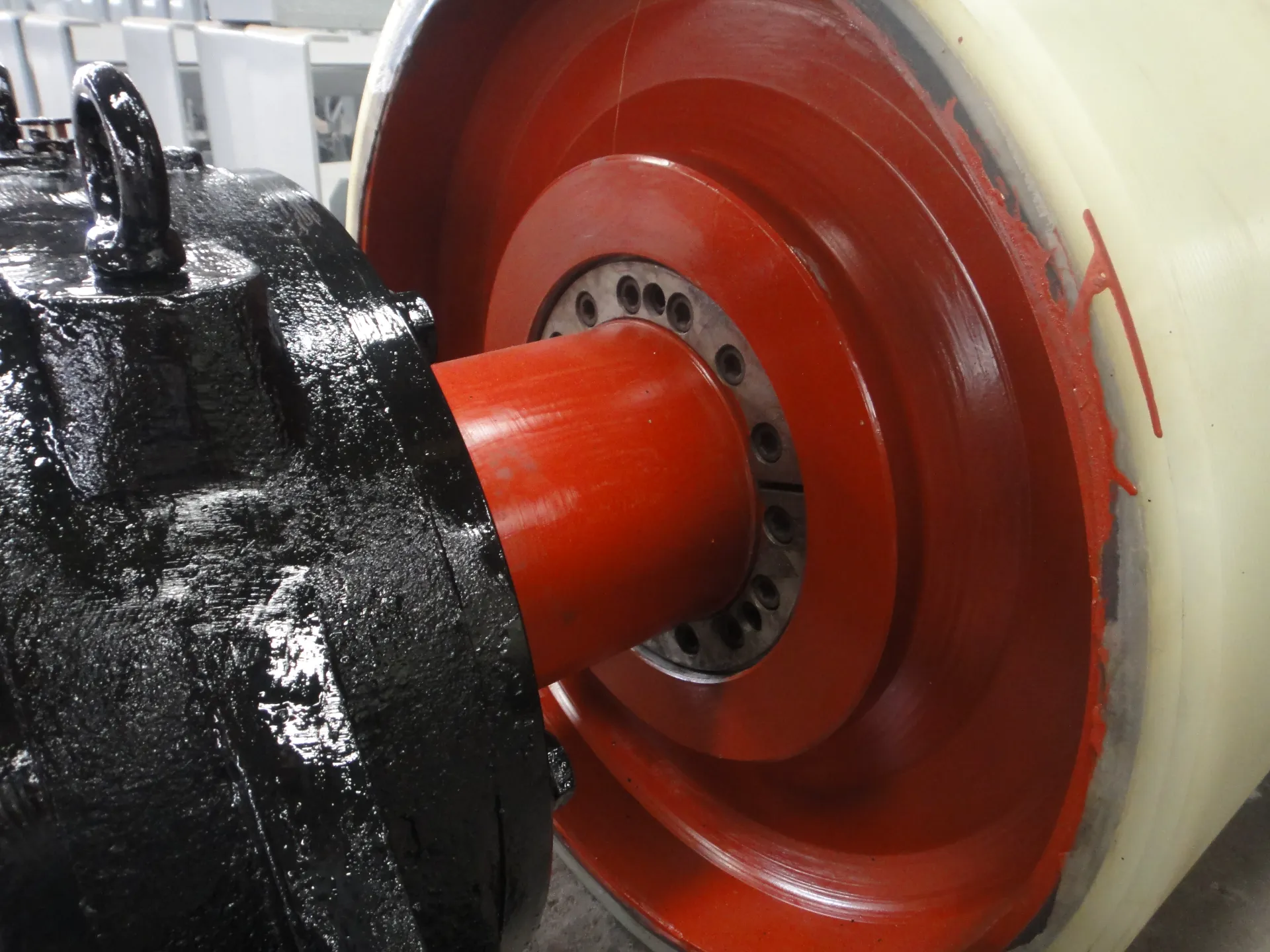 Afrikaans
Afrikaans  Albanian
Albanian  Amharic
Amharic  Arabic
Arabic  Armenian
Armenian  Azerbaijani
Azerbaijani  Basque
Basque  Belarusian
Belarusian  Bengali
Bengali  Bosnian
Bosnian  Bulgarian
Bulgarian  Catalan
Catalan  Cebuano
Cebuano  Corsican
Corsican  Croatian
Croatian  Czech
Czech  Danish
Danish  Dutch
Dutch  English
English  Esperanto
Esperanto  Estonian
Estonian  Finnish
Finnish  French
French  Frisian
Frisian  Galician
Galician  Georgian
Georgian  German
German  Greek
Greek  Gujarati
Gujarati  Haitian Creole
Haitian Creole  hausa
hausa  hawaiian
hawaiian  Hebrew
Hebrew  Hindi
Hindi  Miao
Miao  Hungarian
Hungarian  Icelandic
Icelandic  igbo
igbo  Indonesian
Indonesian  irish
irish  Italian
Italian  Japanese
Japanese  Javanese
Javanese  Kannada
Kannada  kazakh
kazakh  Khmer
Khmer  Rwandese
Rwandese  Korean
Korean  Kurdish
Kurdish  Kyrgyz
Kyrgyz  Lao
Lao  Latin
Latin  Latvian
Latvian  Lithuanian
Lithuanian  Luxembourgish
Luxembourgish  Macedonian
Macedonian  Malgashi
Malgashi  Malay
Malay  Malayalam
Malayalam  Maltese
Maltese  Maori
Maori  Marathi
Marathi  Mongolian
Mongolian  Myanmar
Myanmar  Nepali
Nepali  Norwegian
Norwegian  Norwegian
Norwegian  Occitan
Occitan  Pashto
Pashto  Persian
Persian  Polish
Polish  Portuguese
Portuguese  Punjabi
Punjabi  Romanian
Romanian  Russian
Russian  Samoan
Samoan  Scottish Gaelic
Scottish Gaelic  Serbian
Serbian  Sesotho
Sesotho  Shona
Shona  Sindhi
Sindhi  Sinhala
Sinhala  Slovak
Slovak  Slovenian
Slovenian  Somali
Somali  Spanish
Spanish  Sundanese
Sundanese  Swahili
Swahili  Swedish
Swedish  Tagalog
Tagalog  Tajik
Tajik  Tamil
Tamil  Tatar
Tatar  Telugu
Telugu  Thai
Thai  Turkish
Turkish  Turkmen
Turkmen  Ukrainian
Ukrainian  Urdu
Urdu  Uighur
Uighur  Uzbek
Uzbek  Vietnamese
Vietnamese  Welsh
Welsh  Bantu
Bantu  Yiddish
Yiddish  Yoruba
Yoruba  Zulu
Zulu lagging rubber
Understanding Lagging Rubber A Key Component in Industrial Applications
Rubber has been an integral part of various industries for decades, serving multiple purposes due to its unique properties. Among the many applications of rubber, lagging rubber has gained significant attention for its role in enhancing the performance of industrial machinery. This article will delve into the importance of lagging rubber, its applications, and the benefits it brings to different sectors.
What is Lagging Rubber?
Lagging rubber refers to a layer of rubber that is applied to the surface of equipment, particularly on rollers and pulleys, to improve friction, protect the surface, and enhance wear resistance. It is commonly used in industries such as mining, construction, and manufacturing where heavy machinery operates under harsh conditions. The primary purpose of lagging is to prevent slippage and provide better grip, ensuring efficient operation of machinery.
Applications of Lagging Rubber
1. Conveyor Systems One of the most common applications of lagging rubber is in conveyor systems. In these systems, the rubber lagging on drums helps to maintain the traction needed to move materials efficiently. Without proper lagging, slippage can occur, leading to material spillage and increased wear on the conveyor components.
2. Mining Equipment In the mining sector, lagging rubber is applied to drive pulleys and other components to enhance their functionality. Given the heavy loads and abrasive materials dealt with in mining operations, rubber lagging protects surfaces from wear and extends the life of the equipment.
3. Manufacturing Machinery Many types of manufacturing machinery utilize lagging rubber to improve their performance. This includes mixing machines, rollers, and presses, where the application of rubber can prevent slippage and ensure consistent operation under varying loads.
4. Hydroelectric Plants In hydroelectric facilities, rubber lagging on turbine shafts and couplings is essential for maintaining operational efficiency while protecting critical components from wear caused by water and debris.
lagging rubber

Benefits of Lagging Rubber
1. Enhanced Traction The primary benefit of lagging rubber is its ability to provide improved traction. This is crucial in preventing slippage, which can lead to increased downtime and operational inefficiencies.
2. Protection Against Wear Lagging rubber acts as a protective barrier that absorbs the impact and friction that surfaces are subjected to during operation. This significantly reduces wear and tear on equipment, extending its lifespan and reducing maintenance costs.
3. Energy Efficiency By preventing slippage and maintaining consistent operation, lagging rubber contributes to energy efficiency in industrial processes. Reduced energy consumption translates to lower operational costs, making businesses more competitive.
4. Noise Reduction Rubber has inherent sound-absorbing properties, which can help to minimize operational noise in industrial settings. This creates a safer and more pleasant working environment for employees.
5. Chemical Resistance Many lagging rubber formulations are designed to withstand exposure to various chemicals, making them suitable for use in environments where chemical handling occurs, such as in factories and processing plants.
Conclusion
Lagging rubber plays a pivotal role in the operation of industrial machinery across multiple sectors. By providing enhanced traction, reducing wear, improving energy efficiency, minimizing noise, and offering chemical resistance, lagging rubber substantially contributes to the reliability and effectiveness of industrial equipment. As technology continues to evolve, the formulations and applications of lagging rubber will likely expand, further enhancing its importance in modern industrial processes. Understanding and utilizing lagging rubber effectively can lead to significant operational improvements and cost savings for businesses.
In a world where efficiency is paramount, investing in quality lagging rubber is not just an option but a necessity for industries striving to maintain a competitive edge. Whether in mining, manufacturing, or any heavy-duty industrial application, lagging rubber ensures smooth operations and is a vital component that should not be overlooked. As industries continue to grow and evolve, the significance of lagging rubber will undoubtedly be recognized and further integrated into modern engineering practices.
-
Revolutionizing Conveyor Reliability with Advanced Rubber Lagging PulleysNewsJul.22,2025
-
Powering Precision and Durability with Expert Manufacturers of Conveyor ComponentsNewsJul.22,2025
-
Optimizing Conveyor Systems with Advanced Conveyor AccessoriesNewsJul.22,2025
-
Maximize Conveyor Efficiency with Quality Conveyor Idler PulleysNewsJul.22,2025
-
Future-Proof Your Conveyor System with High-Performance Polyurethane RollerNewsJul.22,2025
-
Driving Efficiency Forward with Quality Idlers and RollersNewsJul.22,2025





























